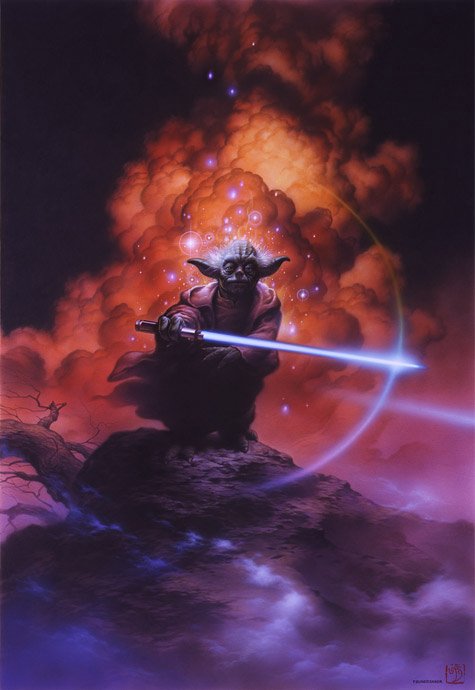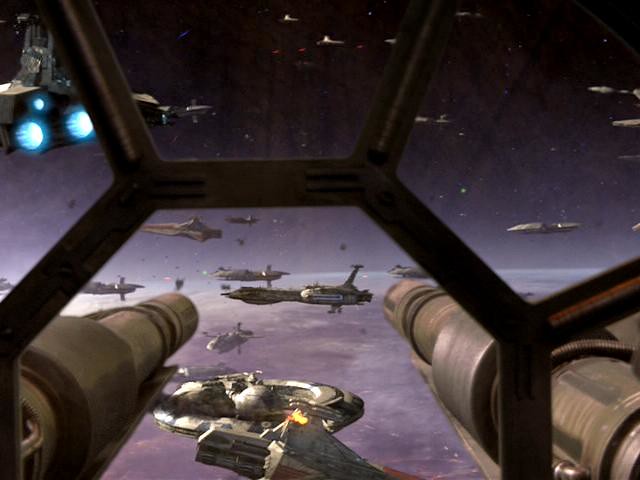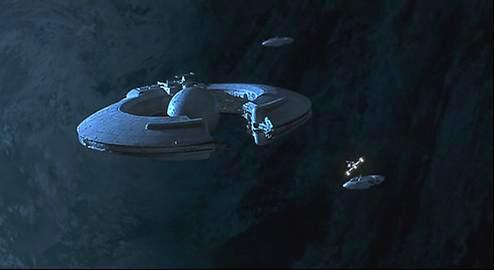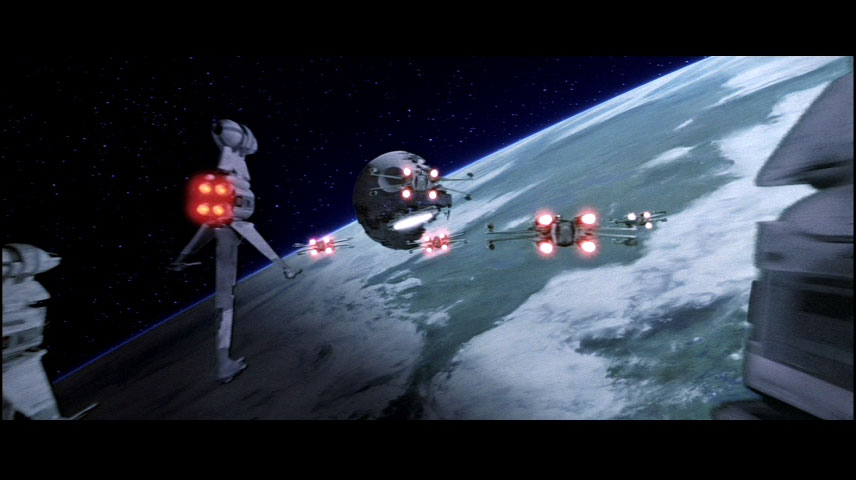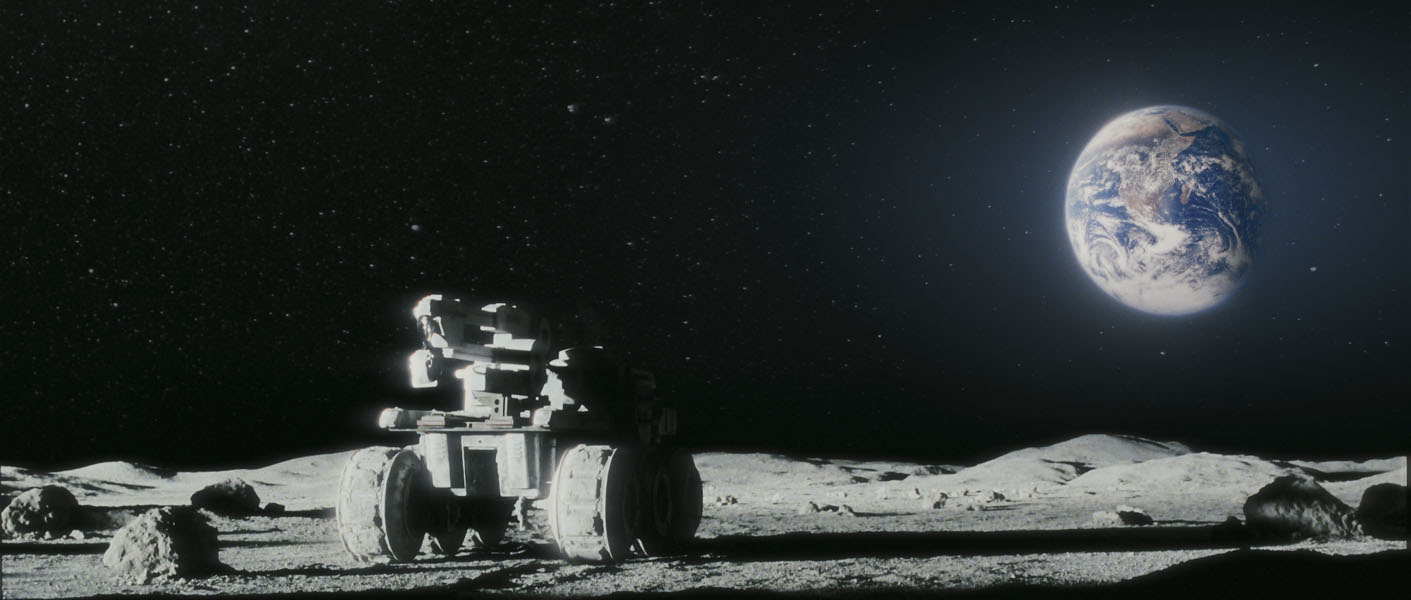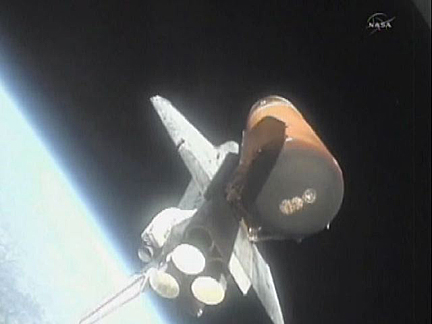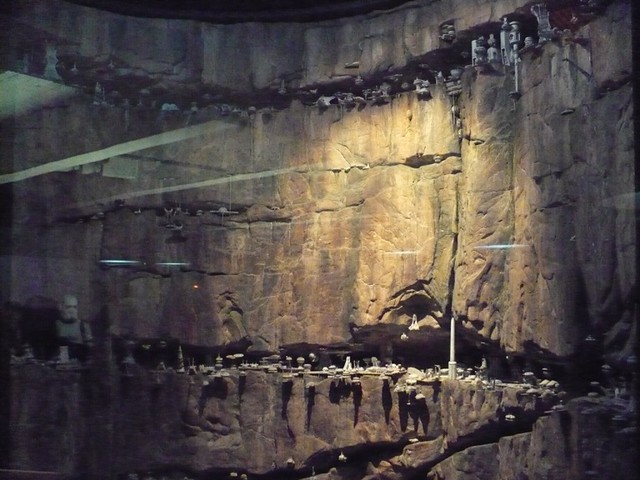The way I see it, Anakin should be a mirror of Luke, one who turns dark where Luke will avoid doing so.
Over time I’ve realized my mental picture is something to the effect of this:
Episode I:
Anakin lives on Tatooine w his brother Owen (& parents?). He’s around the same age Luke will be in ANH. Obi-Wan is a general in the Alderaanian military, about ten years older than Anakin (compare Han & Luke). Alderaan is part of the Republic, which is threatened by invading armies of clone warriors from some other culture. Obi-Wan is also a Jedi Knight, a practitioner of understanding and using the Force to do good works in the galaxy. He is on a mission from one planet to another (ferrying info, or recruiting for war effort, something like that) but his ship comes under attack and he’s forced to crash land on Tatooine. He makes contact w the locals, including Anakin, and asks for help repairing and restocking his ship.
Anakin is a mechanically-minded person, who has vague dreams and ideals like wanting to make a difference in the galaxy, and ‘do good,’ but until now has had no chance to express them. He helps Obi-Wan, and wants to accompany him off planet, to fight in the Clone Wars and even become a Jedi. Owen thinks this is foolish and reckless. He’s a more provincial thinker.
Long story short, Anakin goes with Ben to fight in the wars and to train as a Jedi. Ben hasn’t taught before, but he’s confident he can do just as good a job as his own teacher did. He sees his own idealism and do-gooder nature in Anakin, and wants to nurture that.
Episode II:
Anakin is now a Jedi Knight, and he and Ben and other Knights patrol the spacelanes in the wake of the Wars. Anakin sees the horrors of not only the aftermath of the Clone Wars, but the turmoil and internecine strife (some of it deliberately engineered to cause division, it may later turn out) of the post-war period. Planets burned, children orphaned, species genocided. His confidence in the power of democracy (the Republic), fair play, treating others as ends unto themselves - basic humane ideals - to deal with threats, is shaken. He craves strength, to use his will on behalf of others.
In the central systems, a charismatic politician is rising, one who promises to take a hard line on dissent and anything else which could threaten safety and security in the Republic. Anakin is drawn to this, and becomes an ally. Perhaps he (and Obi-Wan?), acting to protect the social order, foil an assassination plot on this Senator Palpatine?
(This plot might have been engineered by Palpatine as a test?)
At some point Anakin has a romantic interest here, though exactly who Mrs. Skywalker is, I’m not sure.
Episode III:
Anakin is an agent of now-Chancellor Palpatine. Encouraged by the Chancellor, he takes more and more inspiration from old exotic Force traditions like the Sith, who prized power and judgment over all - even styling body armor for himself. In the course of some mission (which Obi-Wan understands to be to investigate a rumor of malfeasance on behalf of some of Palpatine’s political opposition but is really an engineered takedown), Anakin inadvertently discovers the true goals and background of the Chancellor - that is, he’s a dark sorcerer, much older than he appears, and he wants an Empire.
(He’s been building a splinter political group - agency? party? -, whose agents have been taking more and more power and restructuring the systems of power around themselves.)
Obi-Wan is immediately at Defcon 1. Anakin sees how he should be troubled by this revelation, but he isn’t. He only cares that Palpatine will institute a New Order in the galaxy.
He might know his wife is with child, or speak in terms of making the galaxy safe for future generations… he sees the Republic, and the Jedi way, and Obi-Wan, as too weak to do what must be done. Strength and dominance are the highest virtues, and any means are worth it in pursuit of those ends.
Obi-Wan means to warn the galaxy and other Jedi, and Anakin means to protect Palpatine’s plan, and they clash on the volcano.
At some point, after some battling, and as a result of his domineering approach, Anakin is knocked onto or falls onto a dangling gantry or unstable platform, and needs assistance to escape falling into lava or burning, melted rubble. But he can’t bring himself to take Ben’s outstretched hand - symbol of weakness. Vader chooses to fall to his death rather than admit he was wrong or that he might need help.
Of course, Vader doesn’t die, but is instead rescued by Palpatine’s Imperial forces. He is kept alive by additions to his armor in the form of the walking iron lung, and by a burning hatred and disdain for the weakness of the Jedi mindset and for Obi-Wan in particular.
.
Things I do not include or really care about:
- the Rule of Two
- Palpatine being definitely a Sith (as opposed to just a Dark Sorcerer)
- anything about a Chosen One created by the Force
- the Force being in or out of balance
- the power to cheat death (except in the form of Jedi/light siders becoming ghosts who can take no or vague action on the mortal plane (Obi-Wan’s “I cannot interfere” and Yoda summoning weather-related lightning in Ep 8 are good examples) & dark siders being able to tie their spirits to places or objects & take actions, but not be tied to the cosmos while doing so)
I’m also not sure if Yoda appears or we only hear about him, saving his reveal for ESB.




